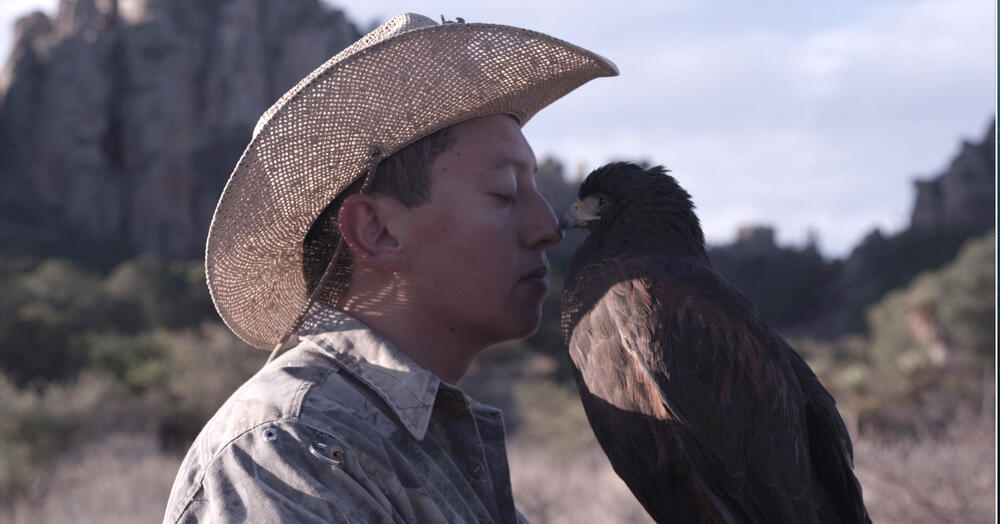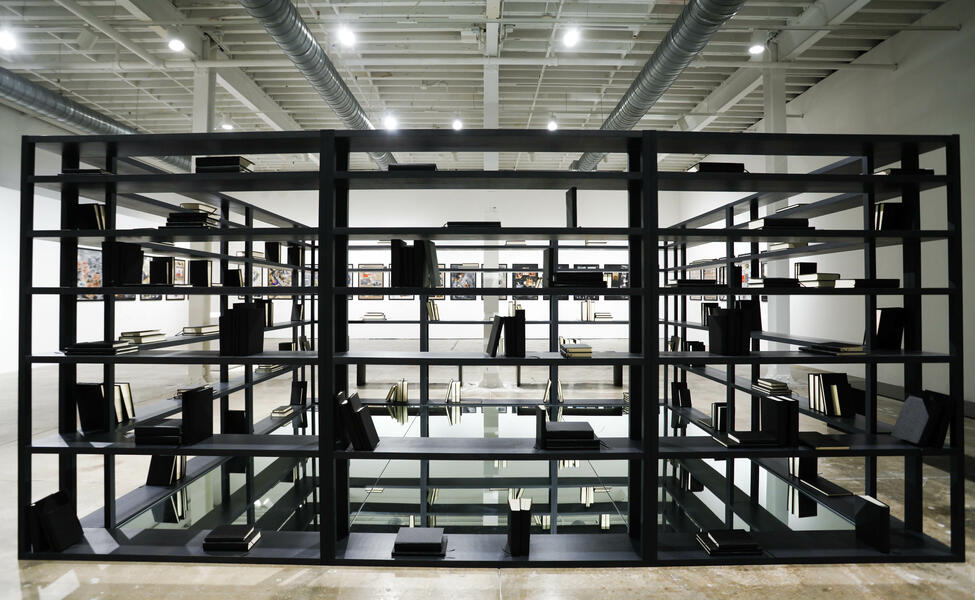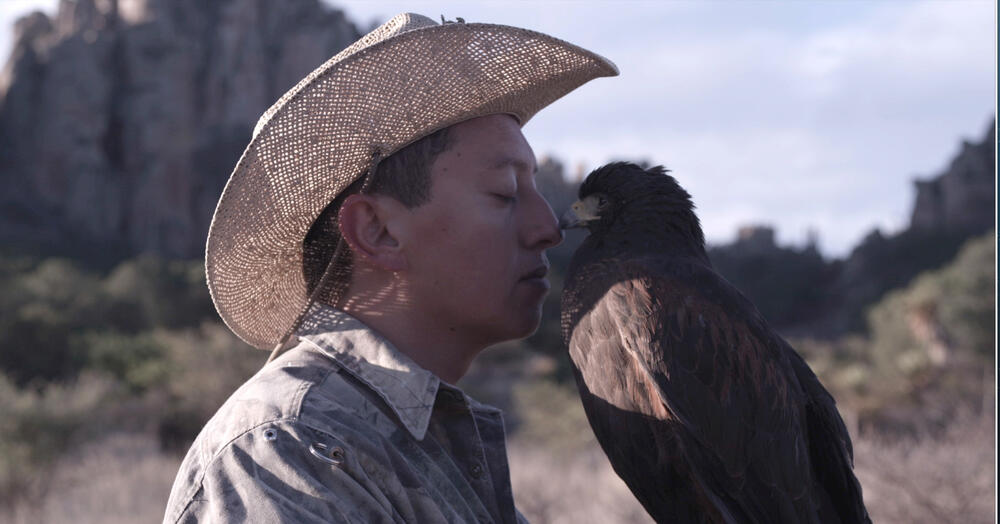_Deferred Archive_
CIFO, Miami
Our sense of contemporaneousness logically implies a relationship of otherness with history, resulting precisely from the fact that our experience is anchored in the present, as opposed to historical events, which involve a notion of the past.

But how can we eliminate the subjectivity that reveres, nominalizes, omits, reinterprets and distorts, from the present, that which we receive as a legacy? This is the underlying questioning in Deferred Archive, the exhibition showcasing artists selected for the eleventh edition of the Grants and Commissions Program that CIFO organizes annually.
The cohesive show starts from an interesting turning-point: the idea that memory is constructed retrospectively, not in the traditional linear sense which goes from the past to the future, but on the contrary, taking the future as a point of departure for us to penetrate deeply into the complex skein that incorporates our past and potentiates our future. As a result, each event loses its specific, distinctive character to become a part of new chains of fleeting impressions, whose pertinence and relevance vary from one subject to the next. In this sense, the curatorial axis of the exhibition is based on the thesis on historical recurrence posited by the art historian Hal Foster, for whom the now is characterized by a return to the real, this implying a new narrative of the historical avant-garde that structures an original reading of the present, thus prefiguring new horizons for future art practices and for culture, society, and politics.
Deferred Archive must be understood under this prism. The exhibition is comprised of multiple and sui generis deconstructions of situations, facts and theoretical systems which, reinterpreted by each artist, cast new light on our present and our past.
Situated in the heart of the gallery, the Mexican artist Jorge Méndez Blake’s installation Black Pavilion / Open Library, 2013, acts as the culmination of the show. The forceful installation, analogous to an open cube and composed of black shelves hosting books is a continuation of a series of previous works by the artist in which the notion of an open library and the impossibility of writing is omnipresent as leitmotif. The resulting sculpture, of a functional character, establishes vital associations – due to its placement – with the notion of the white cube as symbol of the “auratic” space represented by museums and galleries, institutions that construct and legitimize our cultural heritage through their selection process. The shelves host a series of books, all of them covered by black jackets and accessible to the spectators. The books in question are part of an edition especially designed for this piece. Titled La Antología del vacío (The Anthology of the Void), these books in varied formats and with similar content (some had more pages and quotations) are a compilation of fragments of texts by authors who have worked, in one way or another, with the problem of the impossibility of writing. The non-linear character of the resulting literary work incites the reader to venture in a game of chance, to open books on random pages. At the end of the book, the reader-spectator has access to the bibliographical sources of each revealing quotation. The mirror placed on the floor reproduces the spectators’ images mediated by the shelves in a whimsical revisitation of the theme of Narcissus. We are were faced with our own image – and identity – mediated by those accumulations of texts that attempted to capture our history and our cultural heritage, something that, however, appears to be impossible in this anthology of the void.
Playing also with written history and memory, highlights include Antonio Caro’s (Colombia, 1950) installation El lobo (The Wolf). This artist’s work is characterized by the implementation of informal procedures (photocopies, public installations, lectures, traditional posters and materials such as salt, used in indigenous cultural traditions and going beyond traditional artistic practices). The use of text as a medium in this process becomes one of the key tools in the transmission of urgent messages, many times charged with antinomian meanings implying a commentary on politics as a means of production, dissemination and perpetuation of ways of acting and thinking.
In the specific case of El lobo, we witness the exhibition of the book by the same name, which summarizes the experiences as well as the graphic material submitted by the participants of the Taller de Creatividad Visual (Visual Creativity Workshop), which the artist has conducted in different venues since 1990. The notion of “death of the author” enunciated by Barthes is fundamental in this process, since it is the participants in the workshop that predetermine the course of the workshop and the resulting work, thus privileging the collaborative character over any other pedagogical premise.
Sofía Olascoaga’s (Mexico, 1980) Entre Utopía y Desencanto: Genealogía Afectiva (Between Utopia and Disenchantment: Affective Genealogy), in turn, comprises a graphic display of different archival documents and historical materials related to the notions of utopia embedded in a community in Guadalajara. Reorganized under a generational perspective (Olascoaga grew up there), they end up revealing the implicit connections between the protagonists and the agents belonging to several generations, as well as the underlying manipulation that transforms utopia into disenchantment. Milena Bonilla’s La cerca transparente. Analogía entre los movimientos de los animales y las sociedades trazados desde el poder (The Transparent Fence. An Analogy between the Movements of Animals and of Societies Traced from Power) is a poetic installation based, as an allegory, on the study of the trajectories of the red deer that live in the area of the former Iron Curtain dividing Germany from the Czech Republic. The trace of the movements is recorded by means of red threads that generate an interesting map, since long after the elimination of this frontier, the doe still do not dare venture beyond the currently non-existing border. The installation is accompanied by a compilation of texts associated with the imposition of limits, and its correlation with the power structures in society. La cerca transparente constitute an effective allegory of the configuration of containment maps – whether natural or social – in our subconscious.
Making use of clay as a symbolic native element, Benvenuto Chavajay’s (Guatemala, 1975) Congelación (Freezing) disrupted objects associated to violence and the social order in useless entities that incarnate, however, new meanings. Monitors, guns, magnifying glasses, shackles, grenades, among other objects, appear to be suspended in time, frozen by the action of clay ̶ a metaphor for human frailty ̶ in a sort of prayer for the cessation, at least symbolical, of the rampant violence that stalks contemporary society. As part of the installation, Chavajay includes the motif of shoe tracks in clay – a motif he has used in previous installations. On the track, viewers can read the inscription Maya-mí, a resignification of the term Miami, the city where the artist created the present installation. The original term, which means “big water” in the Tequesta language, was re-semantized by the artist, establishing a parallel between the original native cultures of Southern Florida and the culture of the Mesoamerican region, in an effective rereading of artificial geographic boundaries and the problem of transnational violence.
The exhibition also includes other works created for the occasion by Miguel Calderón (Mexico), José Gabriel Fernández (Venezuela), Manuela Ribadeneira (Ecuador), Laureana Toledo (Mexico) and Santiago Villanueva (Argentina).





